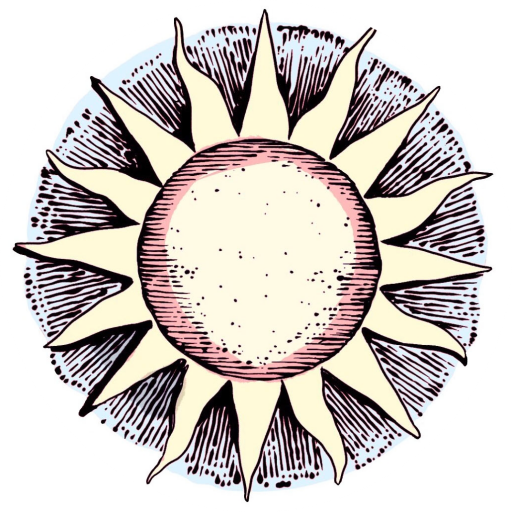‘Deep in Redwood National Park there is a trapdoor. It is wooden (and red) but not made of the redwoods (as one might suspect). Anyone who has visited an old-growth forest will tell you that the trees, there, cast shadows on the ground like hastily discarded clothes and are so haphazardly crisscrossed that the earth is practically piled in darkness, even in the daylight. In this instance, the shadows make it difficult to find ‘The Red, Wood Trapdoor.’ More difficult than one might suspect. One might suspect that the trees try to hide it.
No, GPS doesn’t work; the signal gets lost in the canopy. Radio fairs better, assuming it doesn’t have to pass through the foliage to get to where it’s going. Signs are roundly gobbled up. When they’re not, they eventually become vandalized by something that suggests it might be the trees, that seems to want a wider audience to believe the forest has learned to purchase and utilize spray paint. One commonly finds the word ‘WEED’ stenciled across the signage in the deep woods. Environmental activists or immortal middle schooler? Difficult to say.
The only reliable way of finding ‘The Red, Wood Trapdoor’ is by following a printed map, which rankles the trees. Having no conception of printers or even, really, of the written word, they’re upset to see one of their own give up the secret so easily. Younger forests understand technology in way that the redwoods likely never will.
‘The Red, Wood Trapdoor’ is known to the government. The Park Rangers have installed a deep, cement well around it and a thick, metal gate over the top. The bars are close and crisscrossed like the shadows, leaving only enough room to carve one’s initials. So many people have left their mark that the door is thinning and one must pack longer knives each year to cut even a few splinters away.
A fellow named Owen Pearl has been given special permission to study ‘The Red, Wood Trapdoor’ following years of careful observation between the bars. He carries ‘A Red, Rusted Key’ on his belt. Sometimes he opens the gate and he kneels there, on the ground, with his hands on ‘The Red, Iron Ring’ and he raises the trapdoor up an inch or so and when it sticks he kneels further to dig his nails into the exposed rim. Pearl is a thin man and the vein of his arms swell to intricate gilding as he pulls. Pearl struggles, until he doesn’t. He invariably lowers the trapdoor again, the anticipation- the fear of anticlimax- too much.
‘It itches like a scab,’ he says in an interview with the local paper, ‘Can’t heal if you keep picking at it.’
-excerpt, Autumn by the Wayside
